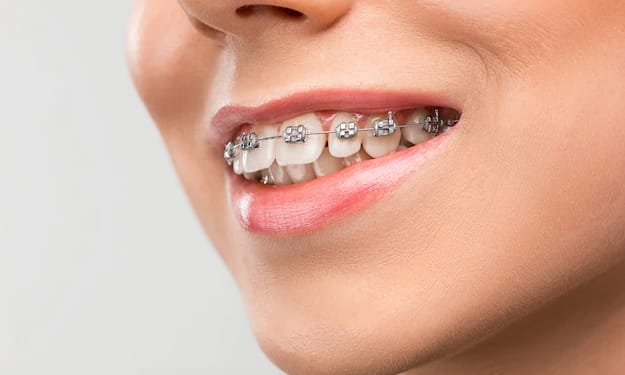Unveiling the Radiant Smile : Exploring the World of Teeth Whitening
Exploring the World of Teeth Whitening

A dazzling smile is often considered a powerful asset, exuding confidence and enhancing one's overall appearance. Teeth whitening has emerged as a popular cosmetic dental procedure, offering individuals the opportunity to achieve a brighter and more radiant smile. This article delves into the world of teeth whitening, exploring its various methods, benefits, potential risks, and factors to consider before undergoing the procedure.
Understanding Teeth Discoloration
Teeth discoloration can occur due to several factors, including genetics, aging, lifestyle habits, and certain medications. The most common types of tooth stains are extrinsic stains, which affect the tooth enamel's outer layer, and intrinsic stains, which penetrate deeper into the tooth structure. Extrinsic stains are commonly caused by consuming staining substances like coffee, tea, red wine, and tobacco, while intrinsic stains may result from trauma, certain medications, or excessive fluoride ingestion during tooth development.
Methods of Teeth Whitening
Teeth whitening can be achieved through various methods, each with its own set of advantages and considerations. Over-the-counter whitening products, such as whitening toothpaste, strips, and gels, offer convenience and affordability but may provide limited results. Professional teeth whitening, performed by dentists, is a more potent option. The two primary professional methods include in-office whitening and take-home whitening kits. In-office whitening involves the application of a concentrated bleaching agent, usually activated by a special light or laser. It offers quick results, often within a single appointment. Take-home whitening kits consist of custom-fitted trays and a professional-grade whitening gel, allowing individuals to whiten their teeth at their own convenience, usually over a few weeks.
Benefits of Teeth Whitening
The primary benefit of teeth whitening is undoubtedly the improvement in smile aesthetics. A brighter smile can boost self-confidence, enhance one's appearance, and leave a positive first impression. Additionally, teeth whitening can help individuals overcome the psychological impact of tooth discoloration, leading to increased social interactions and improved overall quality of life. Furthermore, teeth whitening procedures are non-invasive and relatively quick, making them a convenient option for individuals seeking a noticeable smile transformation.
Considerations and Potential Risks
Before opting for teeth whitening, it is essential to consider certain factors and potential risks. Firstly, it is crucial to consult with a dental professional to determine the underlying cause of tooth discoloration. In some cases, whitening treatments may not be effective, and alternative cosmetic procedures, such as dental veneers or bonding, may be more suitable. Additionally, individuals with tooth sensitivity or gum disease should address these conditions before undergoing whitening, as the bleaching agents used may exacerbate sensitivity or cause discomfort.
While teeth whitening is generally safe, some potential risks exist. Tooth sensitivity is a common temporary side effect, which usually subsides after the treatment. However, excessive or improper use of whitening products can lead to enamel damage and gum irritation. It is crucial to follow the instructions provided and not exceed the recommended treatment duration. Furthermore, overusing or misusing over-the-counter whitening products can yield unsatisfactory results and may lead to uneven whitening or a "fake" appearance.
Maintaining and Prolonging Results
After undergoing teeth whitening, it is essential to adopt good oral hygiene practices to maintain the results. Regular brushing with a whitening toothpaste, flossing, and avoiding staining substances can help prevent new stains from forming. Additionally, routine dental check-ups and cleanings are vital to monitor oral health and address any issues promptly.
To prolong the results of teeth whitening, individuals should also consider lifestyle modifications. Limiting the consumption of stain-causing beverages like coffee, tea, and red wine can minimize the recurrence of discoloration. Similarly, avoiding tobacco products and practicing good oral hygiene habits will contribute to long-lasting effects.
Teeth whitening has become a popular cosmetic dental procedure, offering individuals the opportunity to achieve a brighter and more radiant smile. Understanding the causes of tooth discoloration, the different whitening methods available, and the associated benefits and risks is crucial when considering this procedure. By consulting with a dental professional and following recommended guidelines, individuals can enjoy the advantages of teeth whitening while minimizing potential risks. A captivating smile can truly transform one's confidence and overall appearance, leaving a lasting positive impact on both personal and professional interactions.





Comments
There are no comments for this story
Be the first to respond and start the conversation.